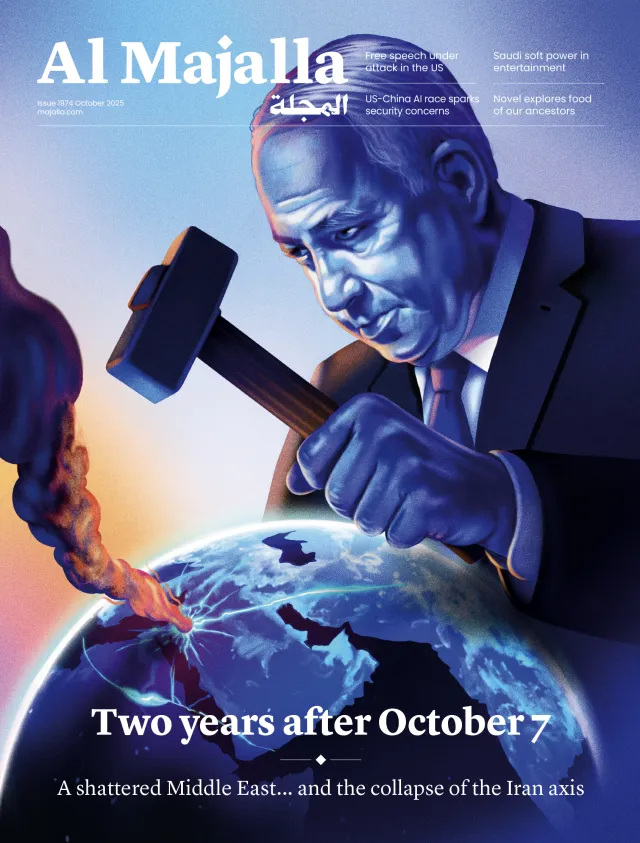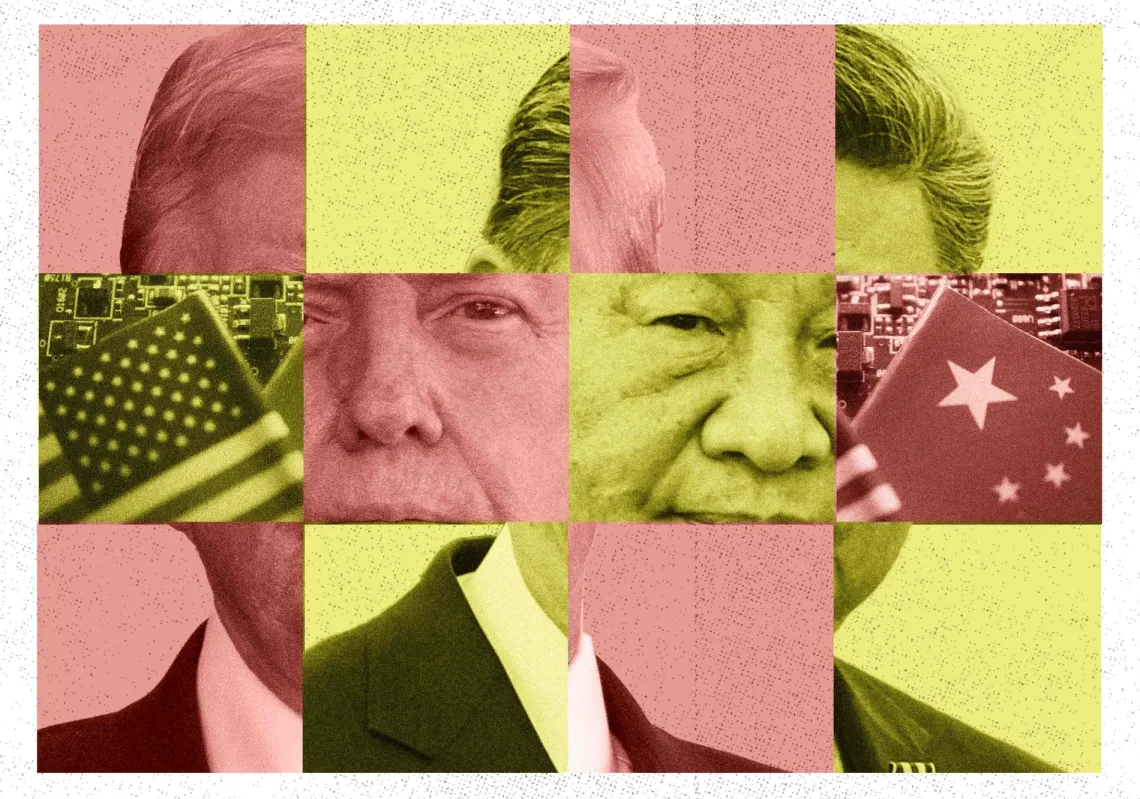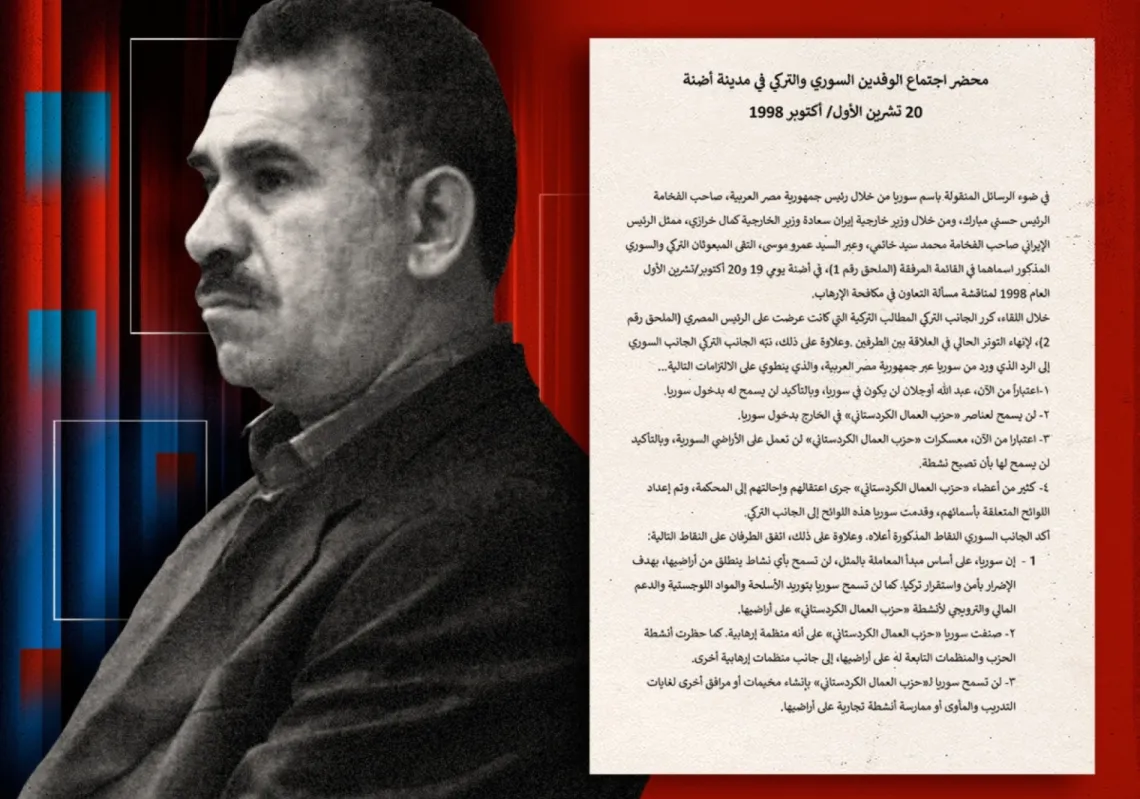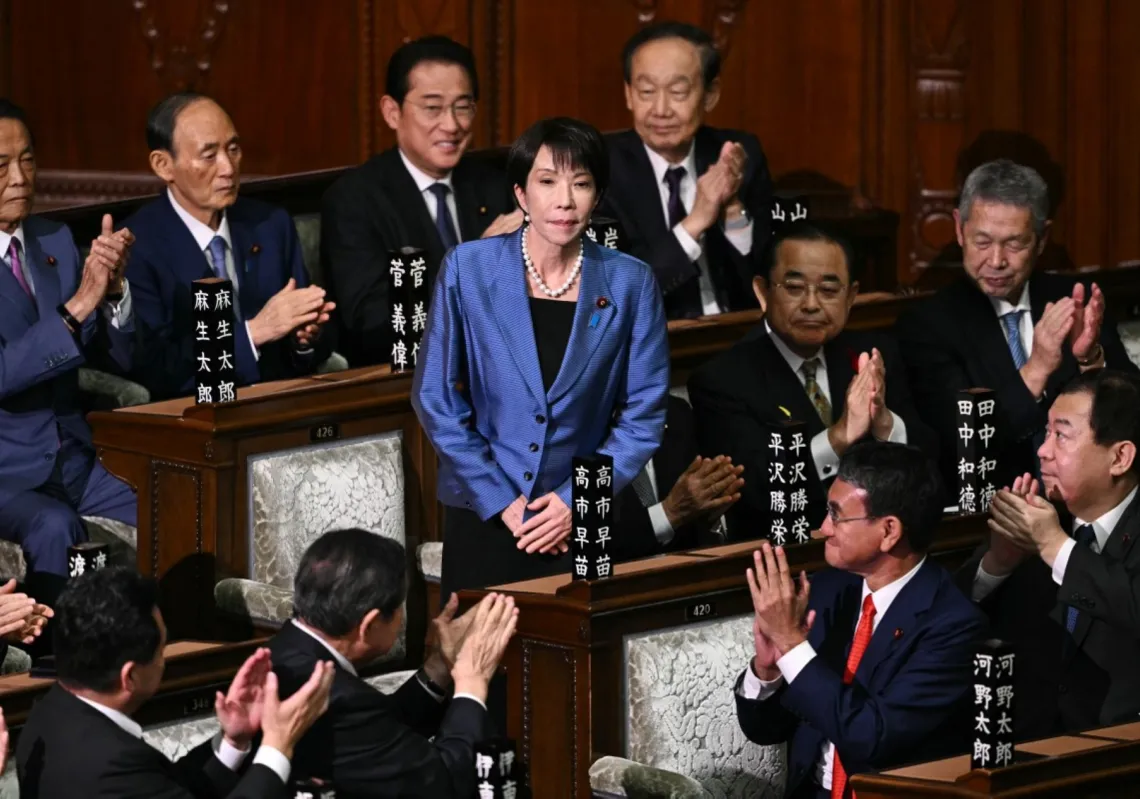Sayed Mahmoud Hashemi Shahroudi, the son of the cleric Sayed Mohammad Ali, was one of the leaders of the Islamic Dawa Party, which Mr. Mohammed Baqir Alsder founded in Iraq with the help of a group of clerics and other personalities in 12 October 1957.
Shahroudi was born in Karbala (Iraq) in 1948. His education was greatly shaped by a seminary on traditional Shi'a Islamic studies known as Hawza Ilmiya. He was a student of powerful religious leaders in Najaf, including Ayatollah Mohammed Baqir al-Sader. Having been born in Iraq, Sharoudi's mother tongue is Arabic, but he learnt Persian during his time in Iran. This experience allowed him to become a part of opposition groups in Iraq after the fall of the Shah's regime. He became the president of the Supreme Council for Islamic Revolution in Iraq when Mr. Muhammad Baqir al-Hakim held the position of spokesman of the Council in 1982.
During his work as an Iraqi opposition member, Mahmoud Hashemi Sharoudi disagreed with al-Hakim on the leadership of the council, the Iraqi opposition in general, and the Shiite opposition in particular. The Iranians intervened to settle their differences through direct mediation of Khamenei's representatives and by Khamenei himself when he was the president of the Islamic Republic, was authorized by Imam Khomeini to deal with the Iraqi issue.
In the first period of establishment in 1982, al-Hakim and Sharoudi held the office of the Council presidency by rotation and exchanged presidency and "Natiqiya". However, al-Hakim, who had personal leadership qualities that surpassed Sharoudi’s succeeded in confronting the leadership of the council and abolishing the position of "the spokesman of the council". Al-Hakim then excluded Sharoudi from the arena of the Iraqi opposition. After that, Sharoudi devoted himself to teach religious sciences and followed the approach of his mentor Mr. Muhammad Baqir al-Sader in the Scientific Hawza in Qom.
As a result of his respected insight on Uṣūl al-fiqh, the study of the origins, sources, and principles of Islamic jurisprudence, Sharoudi has become a prominent master of religious Hawza. He has written seven volumes on the subject. Upon analyzing his articles on Fiqh, one can gather that he has a civilized taste and a talent of deduction that enables him to be a prominent Mujtahid, or Muslim jurist qualified to interpret the law and declare Ijtihad. This is also responsible for rendering him a well-known member in the Supreme Council of Scientific Hawza in Qom. He is responsible for all religious Hawza curricula, supervising them and protecting their Iranian identity and authenticity. Religious Hawza is the stronghold of Ayatollahs and it is the place where the Islamic revolution broke out against Shah.
Sharoudi’s ideas to develop the religious Hawza and prepare a new generation of clerics who believe in the approach of the Revolution grasped Khamenei's attention. Khamenei then brought Sharoudi closer to him in his research. This was especially true after Khamenei was elected to be the Supreme leader of Iran in 1988. It was at this time that Sharoudi became one of Khamenei’s disciples.
However, it was difficult for Sharoudi to become fully integrated into Iran due to his background. Consequently, he made small changes to his name in order to assert his Iranian identity in the face of reformists doubted him. By employing these calculated risks, Mahmoud Hashimi Shahroudi was able to quickly climb up the political ladder. He was then selected by Khamenei to be a member jurist in the Guardian Council of the Constitution, that has the responsibility for qualifying candidates for parliamentary, presidential and municipal elections, in addition to the elections of the Assembly of Experts (responsible for validation or cancellation of the elections).
In addition to Hashemi Rafsanjani, Mehdi Karoubi and others, Mahmoud Hashimi Shahroudi was appointed as a member in the Supreme Council of Cultural Revolution. At this post his responsibilities included maintaining the identity of the Islamic Republic; appointing new chancellors; recording the principles of cultural politics of the regime of the Islamic Republic of Iran; determining the objectives of educational curricula, scientific research and cultural and social approaches of the country; and registering and approving the main policy of the Iranian media.
Supreme Judge
Mahmoud Hashemi Shahroudi grew up in the hands of the reformist leader of the religious Hawza in Najaf. However, after Shahroudi was appointed as head of the judiciary in the period between 1999 and 2009 – the most important stage in history of the Islamic Republic – he was ruthless in fighting the leaders of the reformist movement. He kept dozens of them in prison, and deprived their senior leaders of political and social participation by issuing "judicial rulings" against them.
When he took the helm of the judiciary, Shahroudi said that in the era of Prophet Muhammad there were no prisons. Thus, he declared his firm opposition to "solitary confinement". These words were reiterated by Khamenei, the current Wali al-Faqih (guardian jurist), who described solitary confinement as the most severe psychological torture. Yet, the era of Shahroudi as a supreme judge was widely considered as one of the worst stages in Iranian history characterized by the judiciary’s lost independence.
Last August Shahroudi left the judiciary to his successor, Ayatollah Sadeq Larijani, amid controversy over the trials of reformers who rejected the election results. During Shahroudi's time as supreme judge there had been a large number of violations of the rights of prisoners, including cases of torture and forcing detainees to confess their crimes on television. All these measures were a violation of the Constitution, Islam, and human rights.
The situation deteriorated to the point that former President Mohammad Khatami asked Shahroudi in a letter to leave the judiciary without committing further evils. He asked him to release the detainees, stop the trials, and stop the violations of the rights of people. But instead Shahroudi concluded his judicial period by sending new instructions to the courts of Iran regarding "Internet crimes". He specified articles 498, 499, 500, 504, 508 and 510 of Islamic Penal Code, as grounds for punishing those who were regarded by the courts as members of "Internet Cells", a term that applied to anyone who used the Internet to deliver information or pictures about the opposition in Iran.
The time of Shahroudi as supreme judge has been widely considered a destructive blow to the reformist movement. Politically prominent figures of the movement were assassinated, and journalists and liberal opposition members were killed, such as Dariush Forouhar and his wife Parvaneh Eskandari. People were intimidated and suppressed for organizing peaceful demonstrations, which were approved by article 27 of the Constitution. All of this might make the Assembly of Experts chose Shahroudi as a successor to Khamenei, despite the fact that he was previously an “Iraqi”.
Deputy Leadership
Mahmoud Hashemi Shahroudi has become once again a member of the Guardian Council of the Constitution, an institution which had a major role in rigging the presidential elections in favor of Mahmoud Ahmadinejad. He was elected by a conservative majority as Senior Vice President of the Assembly of Experts, headed by Hashemi Rafsanjani. Shahroudi might even replace Rafsanjani, if the scheme of the stringent conservatives is to be successful in excluding Rafsanjani on the pretext that he has been undermining the Guardian jurists during the ongoing election crisis.
Shahroudi was accustomed to being in the "Deputy leadership" since he was chosen by Mr. Muhammad Baqir al-Sader, along with Muhammad Baqir al-Hakim, Kazem Haeri and Murtaza Askari, to form a collective leadership to succeed al-Sader in leading the Iraqi opposition after his death.
The project failed for different reasons. But Mahmoud Hashemi introduced himself in Iran as the deputy of al-Sader. He was the link between al-Sader and Imam Khomeini, before al-sader was executed. But he failed in taking care of al-Sader's son, "Jafar", and fought him under the pretext of protecting him from being arrested. He told him to stay at home in Qom, to which he came as the ambassador of al-Sader II, "Ayatollah Mohammed Sadiq al-Sader", to open an office for him in Iran. At the time of Shahroudi, Ismail Waeli was arrested. He was an activist in al-Sader II's office and the man entrusted with the task of helping Jafar and his wife, the daughter of al-Sader II, to move to Iran.
Following the victory of the Islamic revolution in Iran, Mahmoud Hashemi Shahroudi believed that the vision of the first Sader, "Mohammed Baqir al-Sader", and his previous activities were not in the interest of the nation. Al-Sader made a mistake because he concentrated on the enlightened elites and ignored the rest of the nation. Thus, Shahroudi focused all his attention after the end of his term as supreme judge, in promoting his reputation as a religious leader. These efforts might become a significant factor in making him a "Guardian jurist" even though this is not a condition for occupying the position. There are many competitors for the job, most of them are religious leaders, or at least that's how they are described.








